Some months ago I was invited to go to Kalipety, a village of Guarani Mbya Indians at the outskirts of São Paulo. As we drove South towards the ocean and beyond the affluent city, it wasn’t hard to see the gradual transformation of the urban grain, as it diminished from high-rises to tiny shacks along badly kept streets.
São Paulo can seem endless, and as we drove through areas of a city I could not recognize, time also seemed to stretch. I couldn’t stop thinking I would repent once we arrived, as images of poverty and conflicts involving Brazilian Indians kept passing through my mind.
As they root themselves deeper and deeper into their land and their traditions, the Guarani-Mbya raise their voice in the global web.
The air was thinner, the temperature was cooler and São Paulo’s beautiful rain forest surrounded us. We walked past a tractor in a warehouse and were greeted by small groups of busy people, all working under a large roof, in a wall-less open space next to a lake. On the mud floor a fire burned at one end, protected by clay bricks.
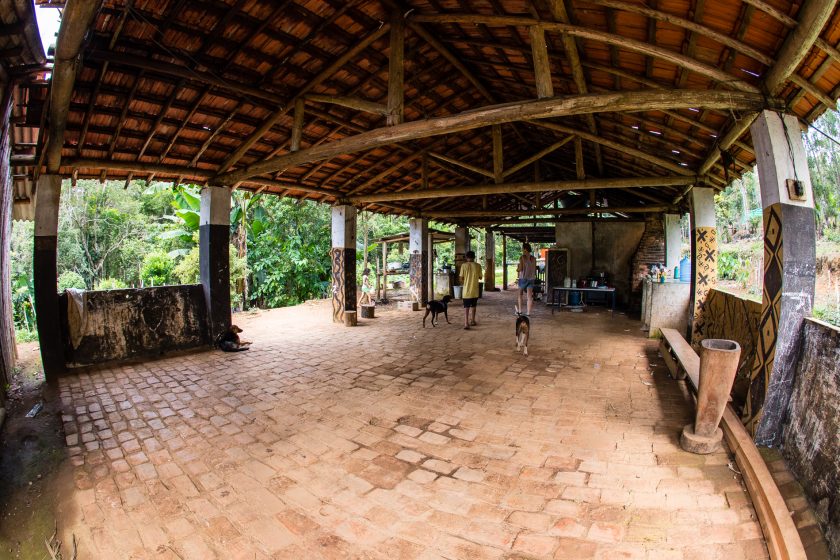
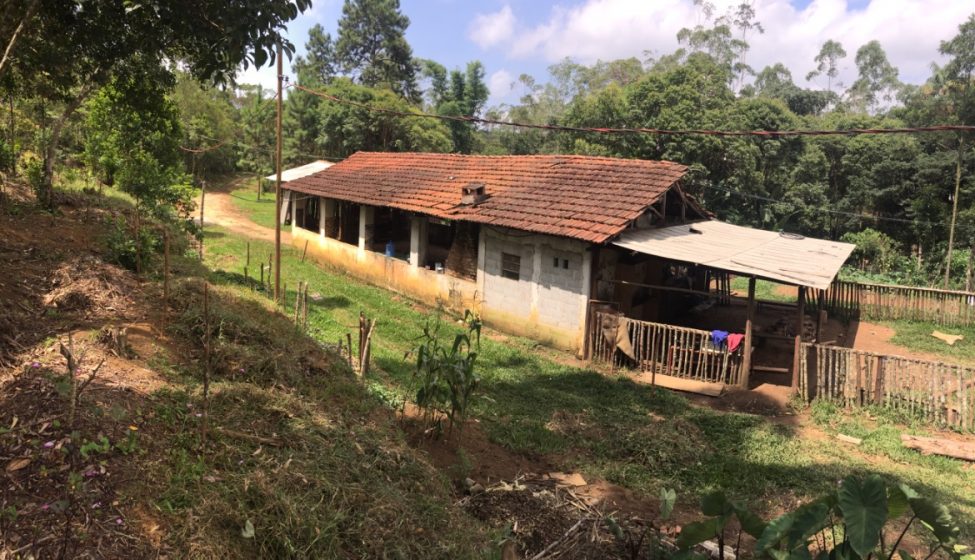
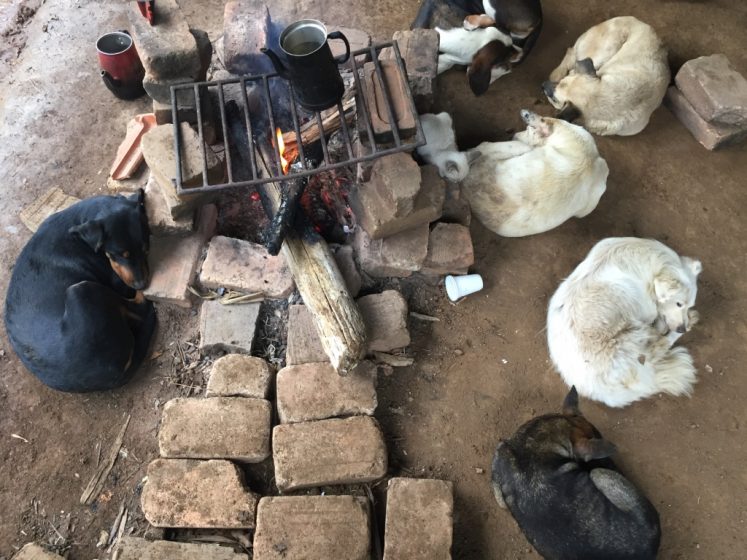
An older man was making coffee and soon we were asked to grab a cup on the common sink to serve ourselves along with others. His “white name” was Chico and he served us with a big bright smile. Women and men peeled vegetables around us, or washed lettuce and the white uncooked skin of chicken thighs. Others sat and squatted around, as a couple of elderly Guarani women stirred food in large pots over the fire.
People were talking as they worked, but there was this surrounding silence, maybe emanating from the forest and the water nearby. I had the impression I had entered a place where people moved slower than I was used to.
This was the communal space of the village, open to anyone. The only enclosed spaces were two small food pantries and there were two refrigerators next to them. Two communal sinks provided the water for washing and drinking, and their water was collected in a dirt pit and drained through banana trees, that naturally filtered the used water on its way to the lake. Big wooden counters served as both working surfaces and storage, where clean dishes were pilled for anyone to grab.
Although every house in the village has its own kitchen, the fire in the common space is lit everyday at six in the morning, as children gather for breakfast before school, and the daily life of the village revolves around it. It was in this space that I had my first contact with the Guaranis Mbya and where, in future visits, they would always receive me to sit, chat and eat. This was the space in which they rapidly translated to their visitors the importance of Guarani’s community, and it was here that I could tell, since day one, that I was dealing with a different way of socialization. One where community and individual boundaries were much more porous than I was used to.
After an hour we met Jera, one of the founders of the village, wearing a long woolen sweater over skirt and pants. Jera is a small Guarani woman, not even 40 years old, with a slim and delicate figure. Her shiny black hair is cut short, and like many others around, greeted us with a broad smile and a hug. Jera stands straight and although her gestures are precise, she moves in a beautiful, slow way, as if cautious with the air surrounding her. Her hands are strong and her small black eyes are shiny.
https://www.youtube.com/watch?v=PIoFVU-sSi8
After coffee we went for a walk to visit the village’s plantations. Along the dirt path, amid the rain forest, there were small patches of planting and we could see corn, pineapple, manioc, sweet-potatoes, taioba, banana and papaya, as well as many Eucalyptus trees. Kalipety, in Guarani, means “the land of the Eucalyptus trees”, reminding us that the area was owned and exploited by white men before Jera and her people took back possession – a story of its own, which deserves to be told in a second article.
In this village, the Guarani Mbya are making a point about the importance of planting and the importance of having space, land, and the direct contact with nature and the forest. Jera is making a strong and conscious effort to bring back the traditional Guarani crops and food into their daily lives and has, as well as the abundant crops, also established a planting nursery and a seed bank, with samples that were collected from several other Guarani villages in the southern part of Brazil. So far, they have already been able to plant and harvest seven different kinds of Guarani sweet corn and more than twenty types of Guarani sweet-potatoes, such as the jety-andai (yellow inside and red ouside), jety-ava (white inside and red outside) and the jety-karaū (purple).
With the help of some institutions and groups around Brazil, Jera has transformed Kalipety in a kind of planting laboratory for forest gardening and the Guaranis are teaching us how to go back to an agriculture that is organic, productive, and not aggressive. Instead of eliminating the forest, the crops feed it and are fed by it, in a virtuous cycle of self-fertilization. One of the people helping the Kalipety planting comes from Brasilia, where he works with forest gardening, having the eucalyptus tree as one of the main feeders for soil revitalization and regeneration. Permaculture groups have also visited the area to help the Guarani Mbya learn how to adapt to a planting culture that is not nomad and needs to continuously treat the planted soil.
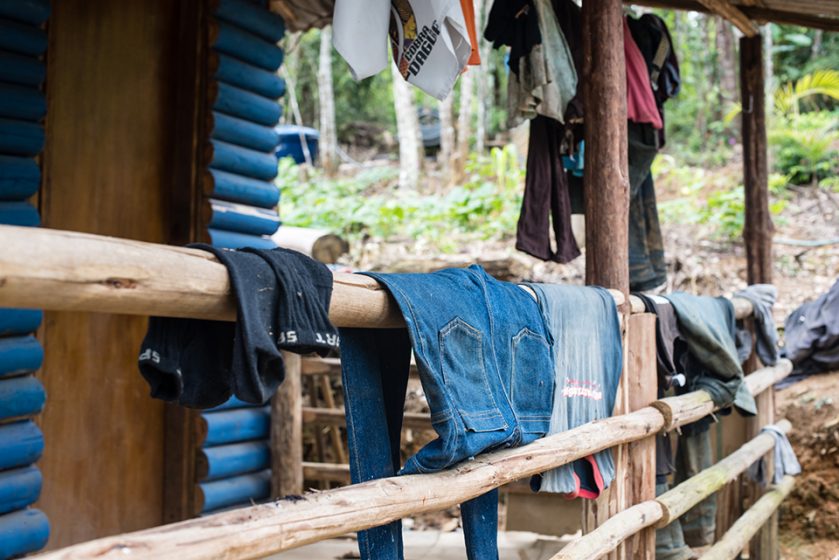
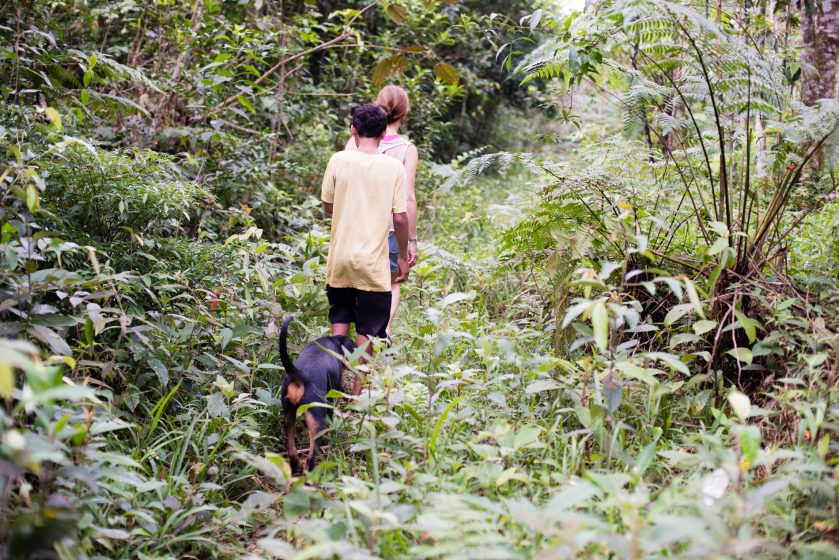
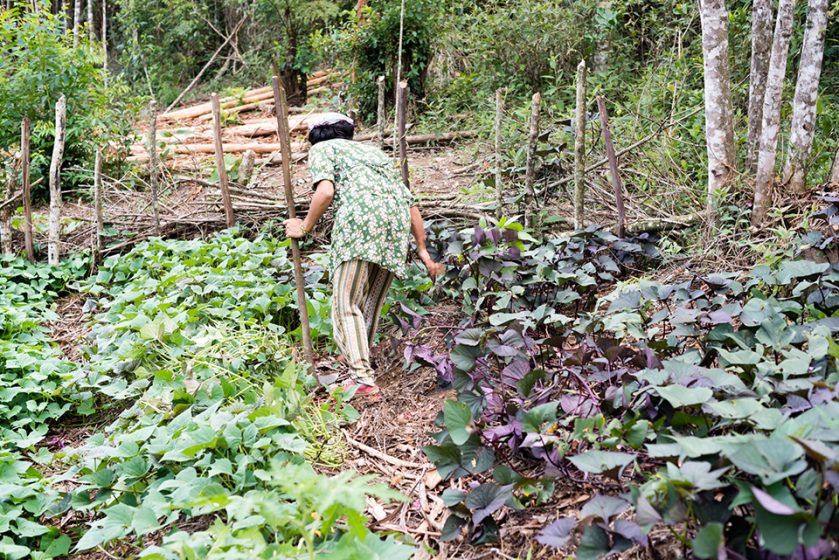
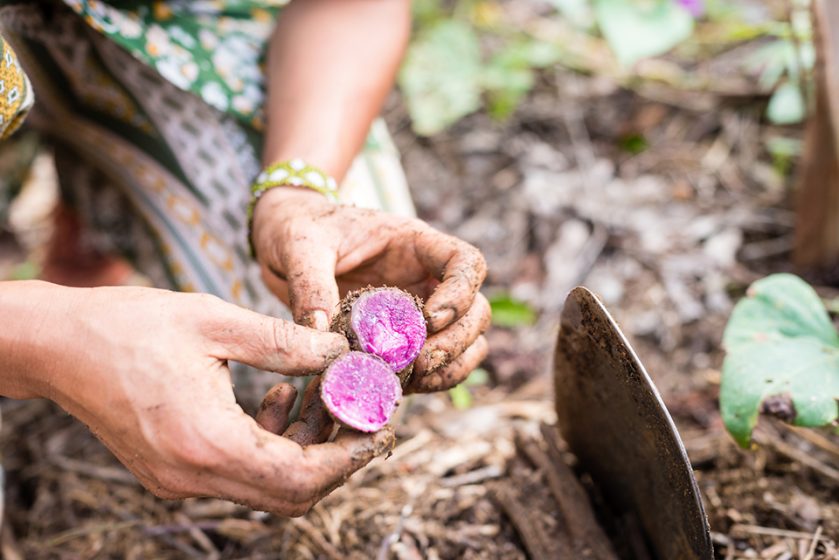
After our walk through Kalipety, we hiked to a nearby waterfall and were greeted with lunch on our return. “Lunch” began at 2pm and kept on going until six, as more and more people arrived. Close to 100 people came by that day and every single one of them was greeted with a plate and served from the dishes that kept coming from the now three or four fires set in the common area.
As I ate, I could map my surroundings by the gathering of the Guarani women around the fires, or around the food they were preparing. The date marked the beginning of a four-day event organized by Kalipety Indians to gather Guarani Mbya women around their cause. Each village, each group, had brought their contribution and arranged themselves to cook it. Some sat at the center on low benches and logs, or squatted, as others layered around them. Kids played everywhere. As some women and men cooked biju, a kind of thick corn tortilla, others cooked meat, chicken, rice, beans, or mixed salads. All spoke Guarani.
I was amazed as how it all worked in what seemed to be a very organic, non-hierarchical dynamics. I could not detect who was deciding what and how much should be cooked, as I could not tell how many people had already eaten, or were preparing to eat, as some washed their own plate after a meal, others served themselves and others ate desert. The quantity of food also surprised me.
Kalipety is a wonderful community, but it is poor, with no fixed governmental financing, or main sources of income, apart from the salaries some members bring in. Yet, there was no shortage of food and there was no shortage of guests. And as I came back for other visits, it became clear that the money spent on food and the innumerous guests that day was not an isolated event, but the unfolding of a daily routine, where food, and gatherings around it, are a priority that marks the importance of the group, and its collective functioning, over expenses with other goods.
This impression was reinforced as I followed a group of kids playing in the lake. Shorts and T-shirts were scattered on top of surrounding bushes, as they undressed to get in, but in coming out some left their clothes behind, as others seemed to collect theirs at random. As the day passed, I kept noticing scattered pieces of clothes thrown around the property, as if they had a use, but not the same importance we give them. I realized the Guarani possessed things differently than us and the branded T-shirts and clothes they wore acquired another significance, making me feel more at ease with all the English words and logos I kept seeing everywhere.
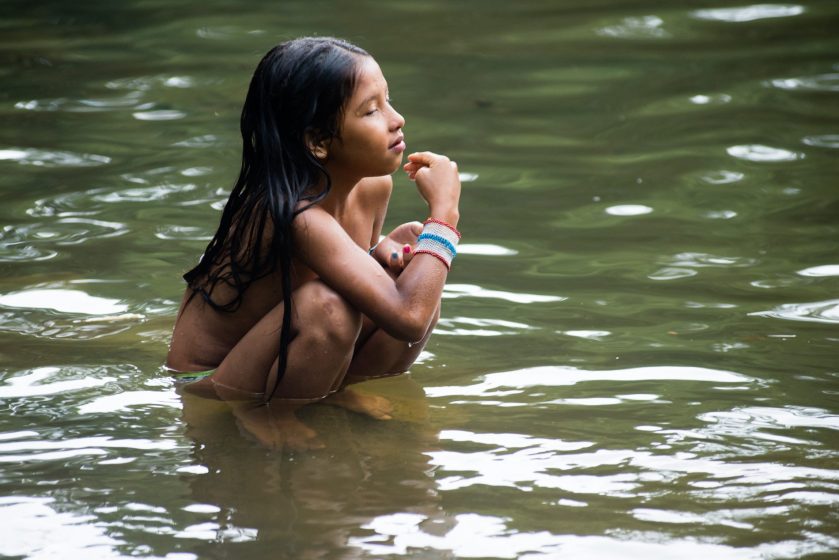
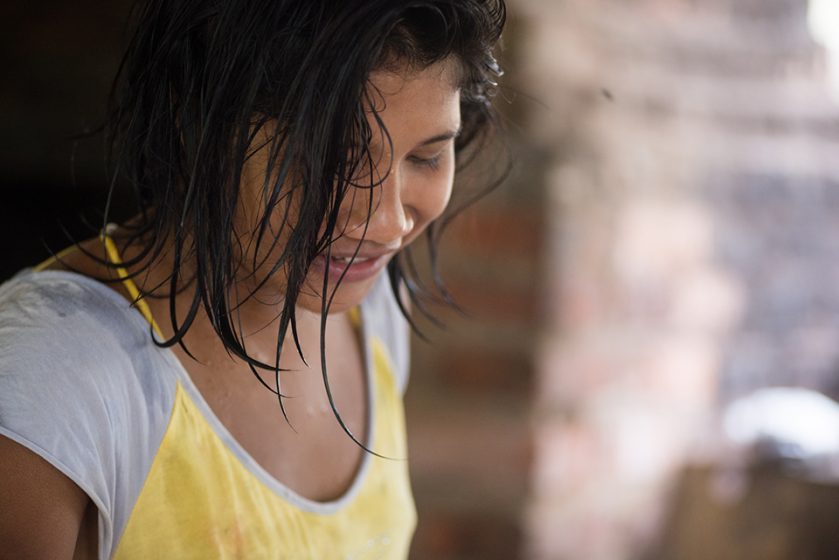
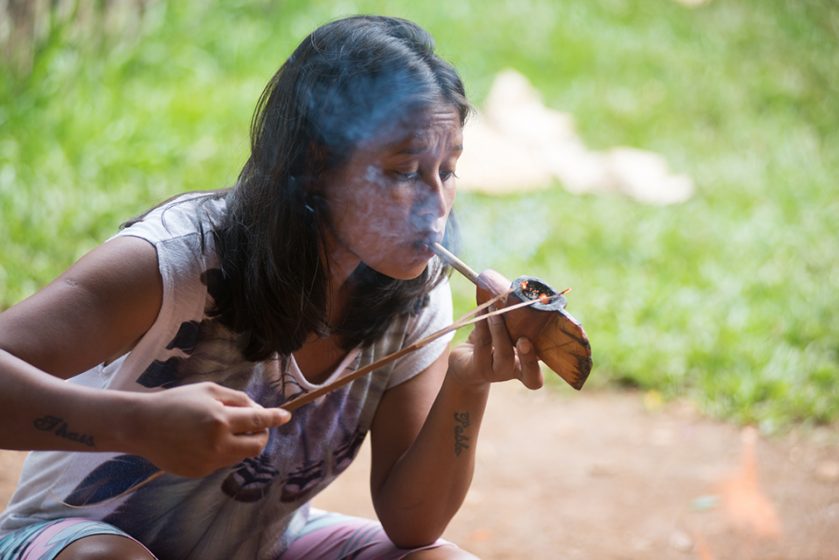
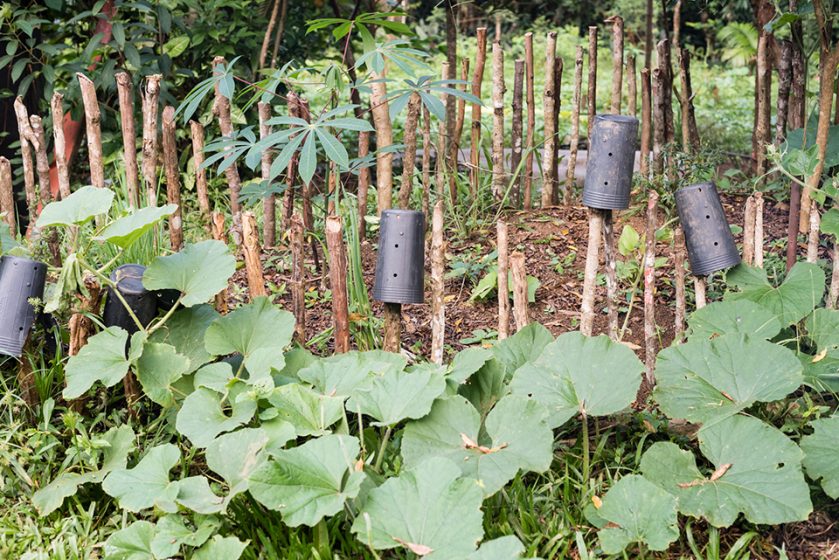
Later that day we sat on the logs that laid in the Prayer House, the most important and respected space in the Guarani village, where dances, religious rites and prominent events take place, as Jera introduced the event that had us gathered there, and told us a little about herself. “We organized an event for Indian women that will enable us to exchange experiences and discuss our role in our communities”, said Jera. “I think this is specially important now, because we have forgotten how to live as Indian women and men and have adopted some of the guru vices.”
“When I was a child, I remember being taught about the house chores and responsibilities along with my other siblings, including my brothers. They had to learn how to cook, take care of the house and the younger children, because, as husbands, they would have to assume all their wives duties once a month, when the women would retreat during their period. I still have the image of my father sweeping the house with one of my baby brothers hung around his neck by a tipoia, the woven fabric used as a baby-carrier”.
“Then,” she went on, “it was OK for women to talk about their bodies and act according to their anatomy, without being seen as fragile or weak, as it was OK for men to act and perform ‘like women’, doing their job without loosing their masculinity. We need to talk about this and decide how we want to teach our children”.
Others followed Jera’s speech, as guests and Indians introduced themselves, and then we all danced. The Guarani music is repetitive, based on few simple phrases of tones marked by the cords of an acoustic guitar, and the complex melody of a flute or a violin. It is often chanted by an individual, to which the chorus responds. The dance was simple, merely a couple of steps back and forth, in the manner of line dancing, with everyone holding hands; men on one side, women on the other.
I was in a special and peculiar position, linking the Guarani women, all to my right, to the women guests, the jurua, to my left, and could not fail to notice how differently both sides felt. The steps were the same, the rhythm was supposedly the same, but the cadence felt totally different.
On the right, I could feel the dance in one wave-like movement, as all the Guarani women seemed totally in-sink with each other. To the left I could feel different pulses from the jurua, me included, even though we were all basically making the same movements, supposedly at the same time. Again I had the sensation of facing that strong symbiotic relationship between group and individual. Maybe one our modern Western ways could no longer assimilate?
Kalipety is a new village, having been founded three years ago by a group of young Guarani, who fought for four years for the right to their land. It is located within the perimeter of a newly recognized Indian Territory of 15.696 hectares, within the second generation rainforest that still spreads along the coast of São Paulo. It is home for 18 families and over 50 people, who live in wooden houses built from the forest trees, and as we drove back home that day, my heart was full of hope, as I could still feel the burnt wood smell from the cooking fires on my hair.
Although small, this group of Guarani is steadily gaining their space through a more proactive dialogue with the world than their predecessors could engage. As they root themselves deeper and deeper into their land and their traditions, they raise their voice in the global web. My suspicion is that they are being able to have a clearer voice in our globalized world, exactly because they are being able to anchor themselves firmly in their locality and what that means to them.
Every time I visit, Kalipety feels good to me. I guess it feels like a point of resistance and reminds me of what Manuel Castells, in 1989, had already predicted when he wrote The Informational City: if the internet will make globalization of big-capital possible, and by doing it, will end up destroying well-fare and social-democracy, it will also enable the connection of dissident voices [1]. And as these voices are able to connect into a global world we now praise, they will remind us about the importance of traditional and local knowledge and how we can learn and feed from them. Or, as Eduardo Viveiros de Castro explains: “It is not a small number of Indian Nations in the world which affirm that the land does not belong to them. It is them that belong to the land” [2].
Anna Dietzsch
São Paulo



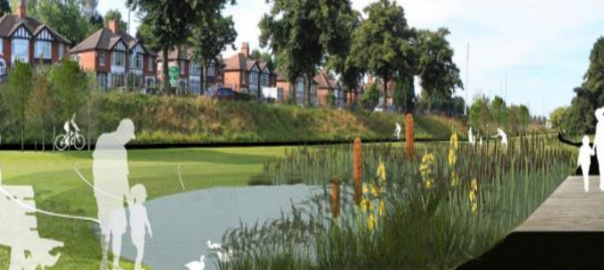
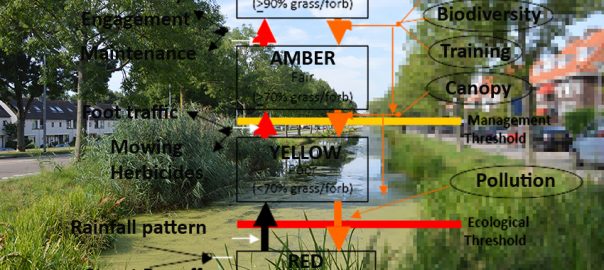


Leave a Reply